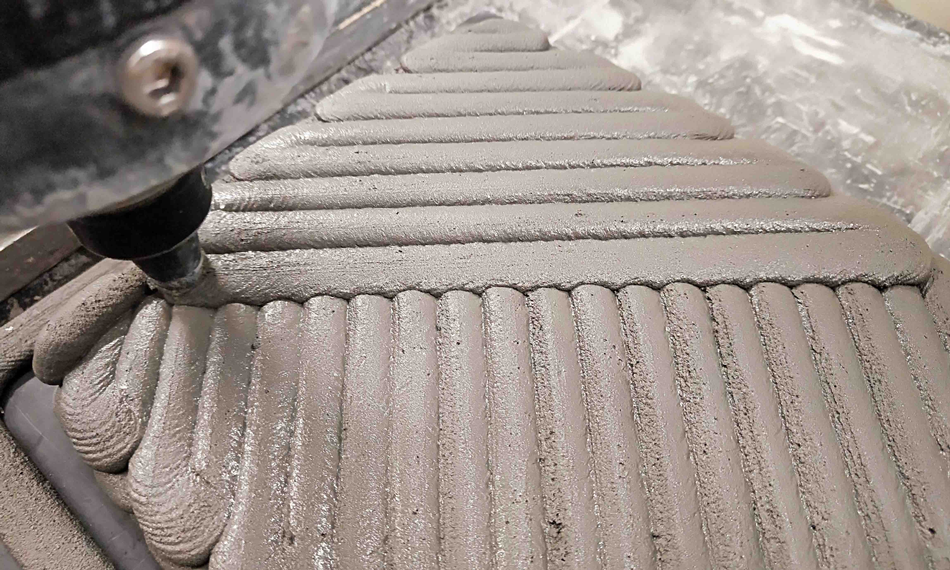According to a new study, bio-inspired patterns such as lobster shells, can render 3D-printed concrete more robust and thus support more creative and complex architectural structures.
.
The lobster-inspired patterns increase the strength of the 3D printed concrete. In fact, 3D concrete printing (3DCP) is one of the digital manufacturing technologies and has excellent potential to save material, time, and effort involved in construction. These technologies also have immense potential to push the boundaries of architectural advancements, but due to the prevailing technical challenges, 3D printed concrete is not sufficiently strong to use in more free-form structures.
.
Now, in a recent experimental analysis, RMIT University researchers have turned their focus on the natural strength of lobster shells to develop unique 3D printing patterns. The bio-mimicking spiral patterns designed by the researchers not only enhance the overall strength of the 3D-printed concrete but also allowed the team to accurately direct the strength for structural support where required. When the researchers integrated the twisting patterns with a dedicated concrete mix improved with steel fibers, the material that was obtained was more robust when compared to conventionally-made concrete. According to lead researcher Dr Jonathan Tran, additive manufacturing and 3D […]
Case Study: How PepsiCo achieved 96% cost savings on tooling with 3D Printing Technology
Above: PepsiCo food, snack, and beverage product line-up/Source: PepsiCo PepsiCo turned to tooling with 3D printing...





0 Comments